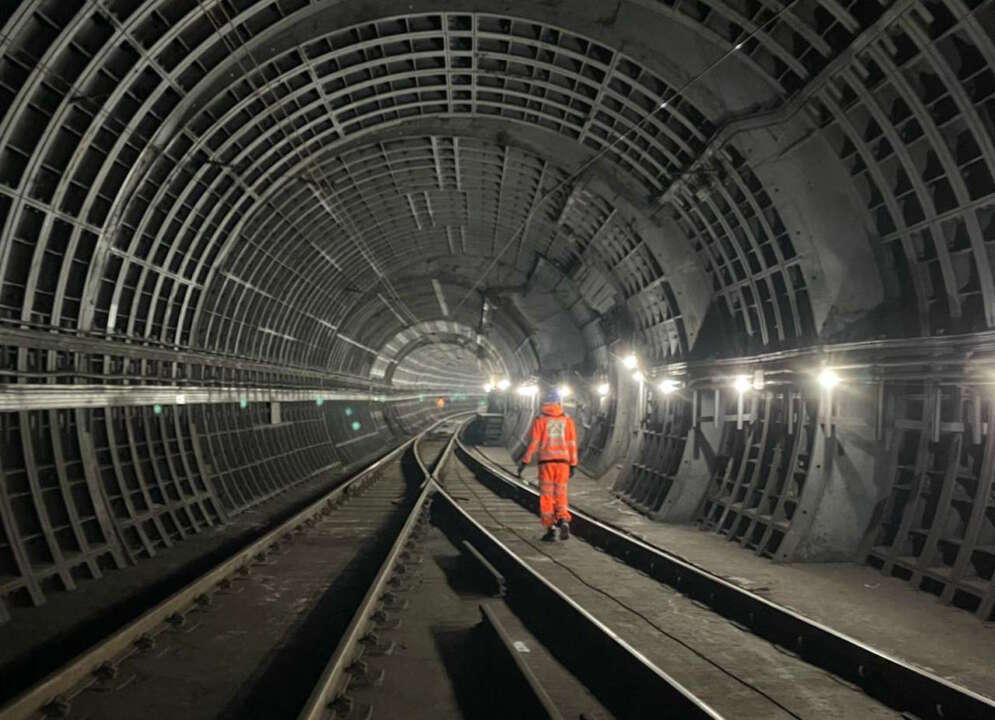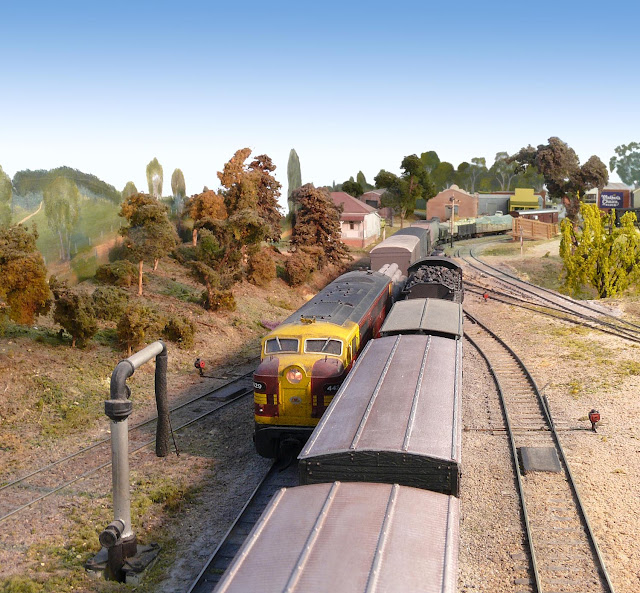Commuter homebuyers hoping for an affordable apartment alternative to sky-high Melbourne house prices near train stations might be best to get on board the Sandringham line.
RMIT University’s Centre for Urban Research recently released data showing where apartment construction booms were not being met with similar increases in public transport services.
But, their study revealed while fewer than 62,000 apartments were built within 800m of key train corridors they assessed in Melbourne over the past 19 years, huge portions were built along specific routes — potentially giving buyers a ticket to affordable options.
From Prahran to the end of the Sandringham train line more than 6500 apartments were built between the 2003-2004 financial year and 2021-2022.
Latest PropTrack data shows the $1.686m median house value in Prahran is more than $1m above the suburb’s $555,700 typical unit price.
By the end of the line, Sandringham’s $2.142m median house price is more than $1.405m above the $737,100 buyers spend for a middle-of-the-road unit — a figure likely influenced by a substantial number of townhouses and villa units.
After the Sandringham line, the route with the next most apartments added was between East Camberwell and Ringwood, with 5914 in the same period.
The tracks between Glen Huntly and Frankston had 5608 apartments built within the research radius, while from Hawksburn station to Caulfield there were 4858.
But other rail segments have had far lower construction, notably in some of Melbourne’s most affordable property markets across the past 19 years.
From Hallam to Pakenham, just 11 apartments were built within 800m of seven stations, according to the research.
From Seaholme to Werribee there were only 406 built in the radius.
Bizarrely, while there were thousands of new units built along the rail line before Ringwood, from East Ringwood to Lilydale there were just 314 apartments added.
Australian Apartment Advocacy director Samantha Reece said it made sense that more affluent train lines near the bay or riverways would attract more apartment builds as these could appeal to Baby Boomers looking to downsize.
By contrast, other areas with lower apartment development might have been impacted by an “active NIMBY movement” in year’s gone by.
In either case, Ms Reece said those buying apartments near rail networks were likely to benefit financially from the location, especially where there was a gym, restaurants and other entertainment nearby.
“We do definitely see that walkability has a dollar value, especially at resale,” she said.
Property Mavens chief executive and buyer’s advocate Mirriam Sandkuhler said while more apartment builds meant more choice, it was important to avoid complexes with too many homes in them — and areas with too much development.



